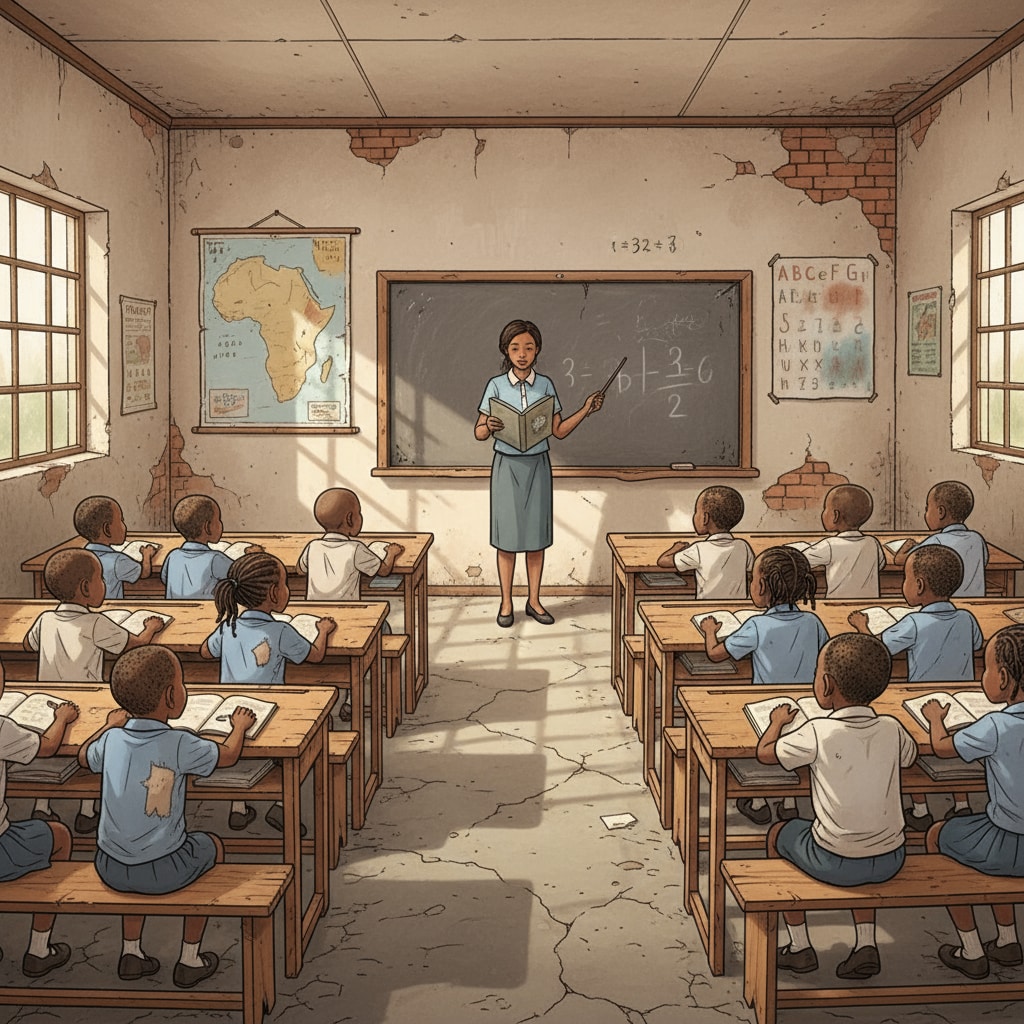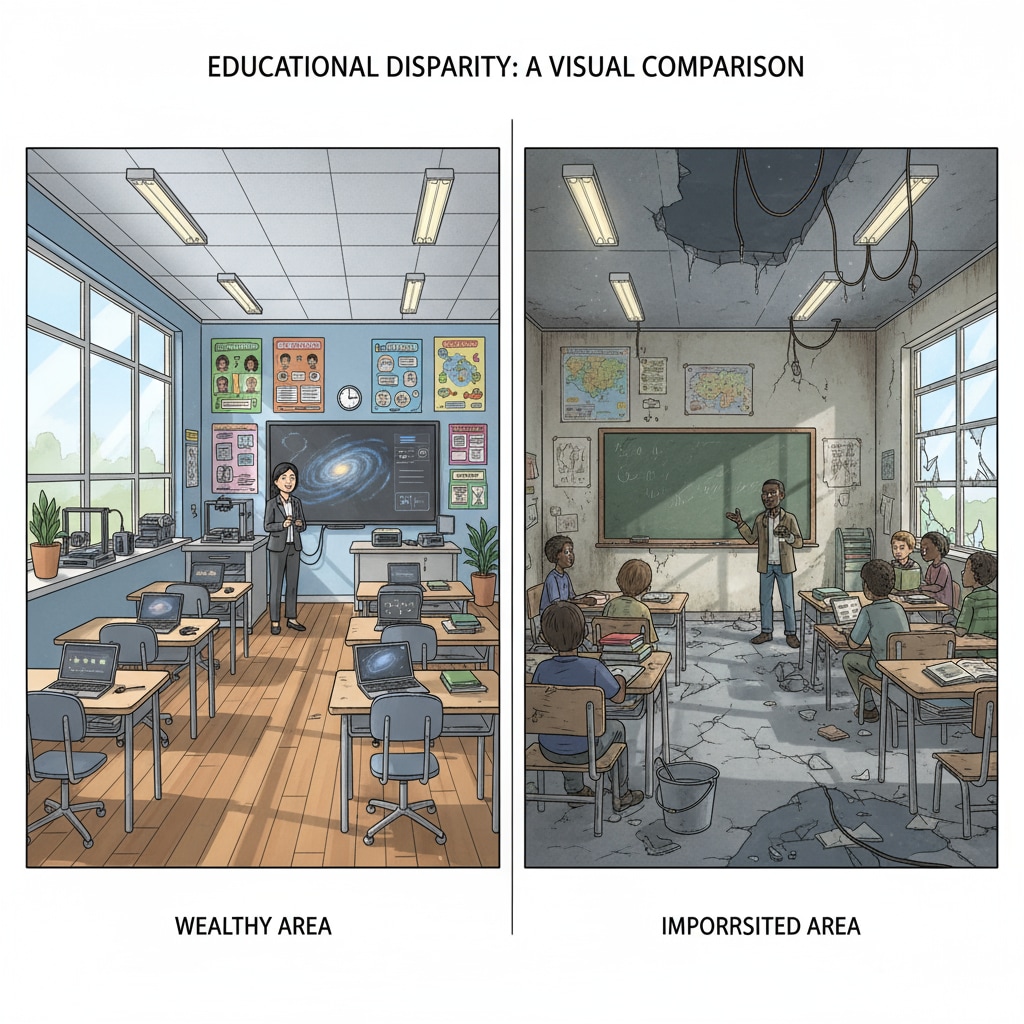Education inequality, resource allocation, and education reform are crucial aspects to consider when analyzing South Africa’s K12 education system. The system currently faces significant structural disparities that have far – reaching consequences for the country’s youth.

The Roots of Education Inequality
The history of South Africa has left a lasting imprint on its education system. The legacy of apartheid, for example, led to a highly segregated education system. Schools for black students were systematically underfunded compared to those for white students. As a result, students from disadvantaged backgrounds have long faced a lack of basic resources such as textbooks, proper classrooms, and qualified teachers. This resource imbalance is a fundamental cause of education inequality in the country. According to Wikipedia’s Education in South Africa page, the apartheid – era education policies created a divide that is still evident today.

Resource Allocation Disparities
Resource allocation remains a major issue in South Africa’s K12 education. Wealthy areas often have schools with state – of – the – art facilities, while schools in poor neighborhoods struggle with dilapidated buildings, insufficient teaching materials, and overcrowded classrooms. In addition, the distribution of teachers is also uneven. Qualified teachers tend to flock to schools in more affluent areas, leaving schools in disadvantaged regions with a shortage of skilled educators. This further widens the gap between students from different economic backgrounds. A report on Britannica’s education in South Africa section highlights these resource allocation disparities.
Another aspect is the difference in access to technology. In today’s digital age, students in well – resourced schools have access to computers, the internet, and educational software, while those in underprivileged schools may have limited or no access at all. This digital divide exacerbates education inequality as it restricts the learning opportunities of students in disadvantaged areas.
The Impact on Student Development
The education inequality in South Africa has a profound impact on student development. Students from disadvantaged backgrounds often have lower academic achievements due to the lack of resources and quality teaching. This, in turn, limits their future opportunities, such as access to higher education and better job prospects. Moreover, the inequality can also lead to a lack of confidence and motivation among students, as they may feel that they are at a disadvantage compared to their peers in more privileged schools.
Proposed Education Reform Measures
To address these issues, several education reform measures are needed. Firstly, there should be a more equitable distribution of resources. The government should allocate funds based on the needs of schools, especially those in disadvantaged areas. This could include investing in infrastructure, providing sufficient teaching materials, and offering incentives to attract qualified teachers to these schools. Secondly, curriculum reform is essential. The curriculum should be more inclusive and relevant to the diverse backgrounds of South African students. It should also incorporate modern skills such as digital literacy and critical thinking. Finally, community involvement in education is crucial. Communities can play a role in supporting schools, providing additional resources, and creating a positive learning environment.
Readability guidance: The text has used short paragraphs to make the content more digestible. Each section has presented key points clearly. The passive voice has been minimized, and transition words like ‘for example’, ‘in addition’ have been used to enhance the flow. The images help to visually represent the concepts of education inequality and resource disparities.


